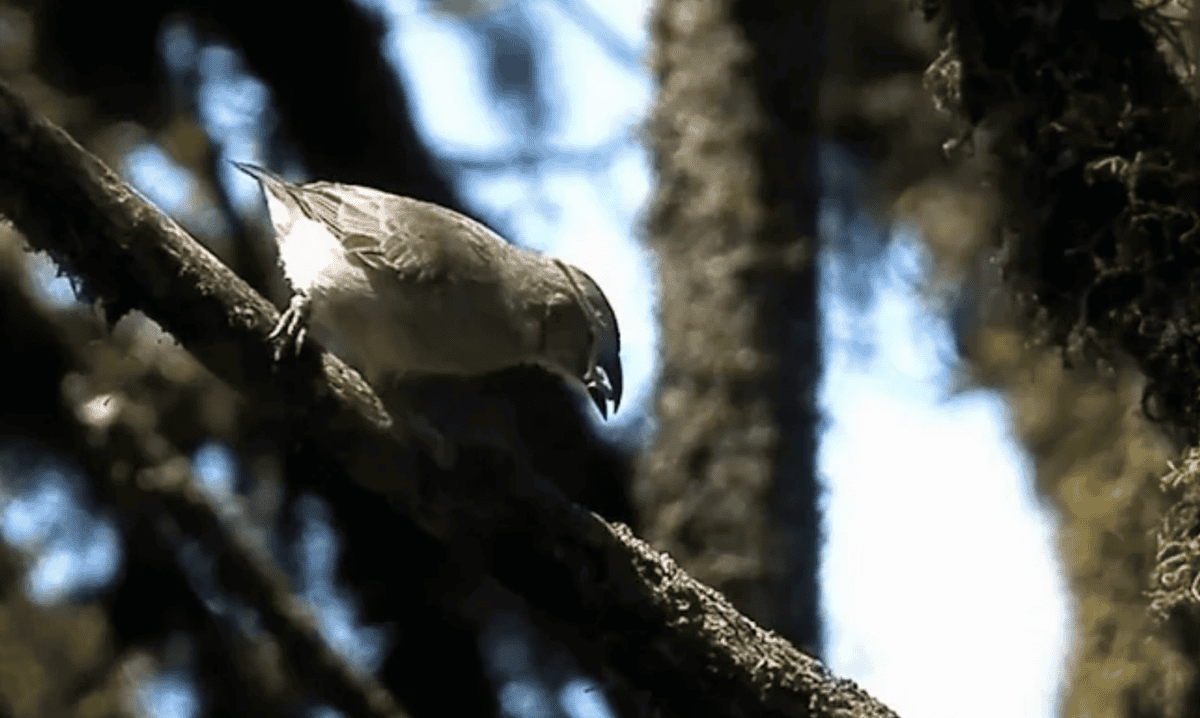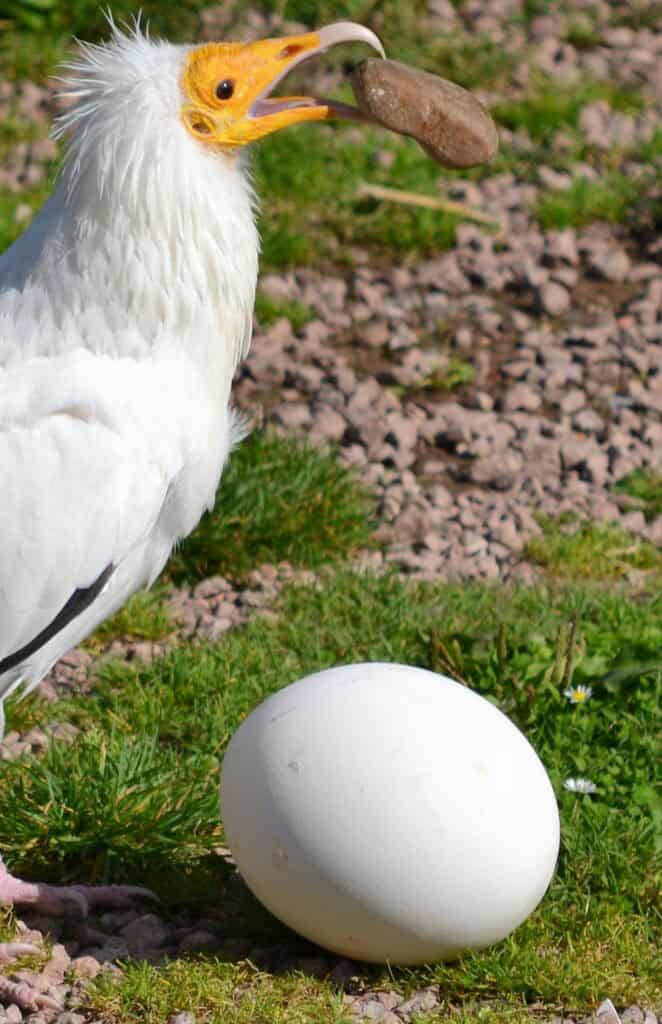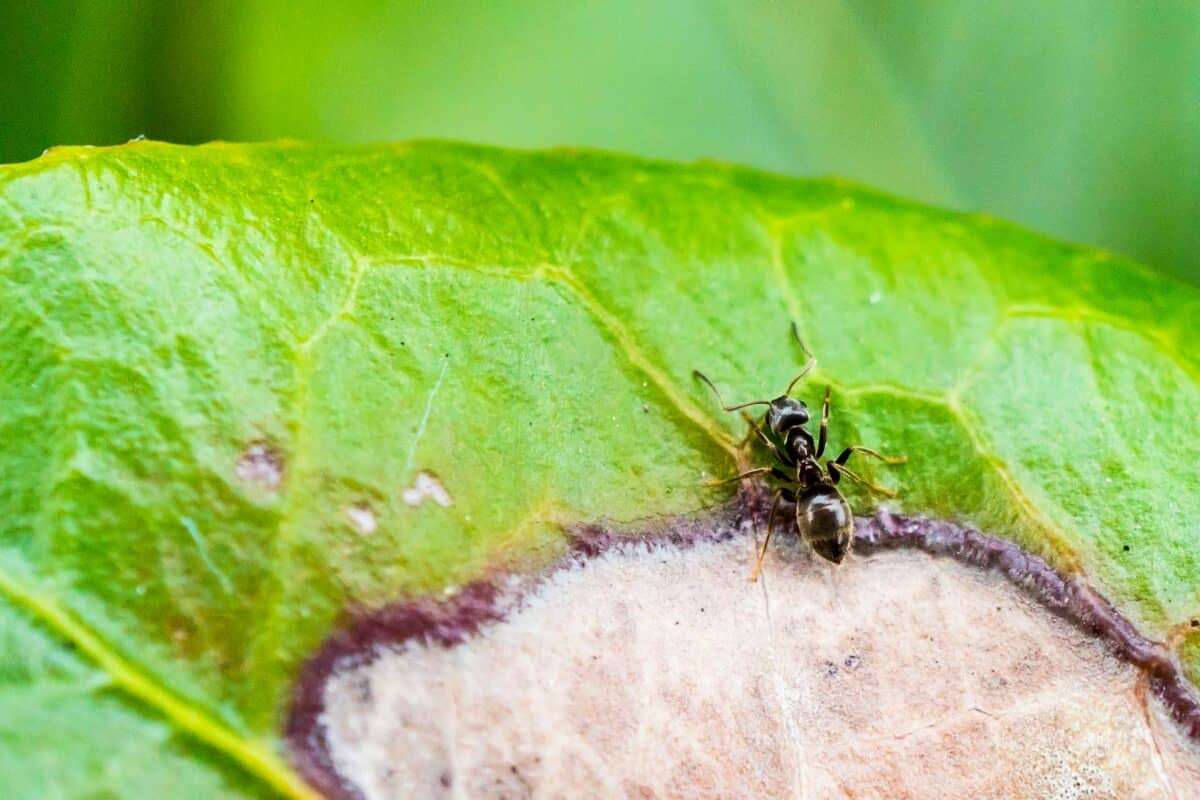In the wild, resourcefulness is the name of the game for survival. While humans have long been considered superior in using tools, research reveals that many animal species are incredibly adept tool users, too. From primates to birds, these creatures show us that intelligence and inventiveness are more widespread in the animal kingdom than we once imagined. Join us as we explore twelve remarkable animals known for their tool-use abilities.
Chimpanzees: Nature’s Original Innovators

Chimpanzees are considered one of the closest relatives to humans in the animal kingdom, and their intelligence is showcased by their complex tool use. Observations in the wild reveal chimps using sticks to fish for termites from mounds, a technique passed down through generations. They also employ rocks to crack open nuts, showcasing an impressive understanding of leverage and force.
Crows: The Avian Tool Experts

Crows are members of the corvid family, known for their remarkable problem-solving skills and memory. In particular, the New Caledonian Crow stands out for its ability to craft tools from branches and leaves to extract insects from tree bark. These birds have also been observed bending wires to hook food from hard-to-reach places, displaying an understanding of tool modification.
Sea Otters: The Ocean’s Tool-Wielding Mammals

Sea otters are famous for their playful demeanor, but they are also proficient tool users. They often use rocks to break open shellfish on their stomachs while floating on their backs. This behavior is not learned through observation—it is instinctual, highlighting an impressive built-in understanding of tool use to access food sources.
Orangutans: The Ingenious Forest Dwellers

Orangutans are highly intelligent primates that have been observed using leaves as umbrellas and gloves to protect themselves from rain and thorny branches. They have also been seen utilizing sticks to retrieve insects or honey from tree cavities. Their problem-solving skills and ability to adapt tools to their needs demonstrate complex cognitive abilities.
Dolphins: The Intelligent Marine Architects

Bottlenose dolphins are known for their highly intelligent behavior and have been observed using marine sponges as tools. They wear these sponges over their snouts to protect their sensitive noses while foraging along the ocean floor. This technique, known as “sponging,” is a cultural trait passed down through generations of dolphins, mainly among females.
Elephants: The Gentle Giants with a Toolkit

Elephants are renowned for their intelligence and memory, and they are adept tool users as well. They often use branches to swat flies or scratch themselves and have been observed using large objects to modify their environment, such as blocking roads or making bridges over ditches. Their ability to manipulate objects demonstrates their sophisticated problem-solving skills.
Octopuses: The Clever Cephalopods

The octopus is one of the most intelligent invertebrates, exhibiting remarkable tool-using abilities. The veined octopus, for example, collects coconut shells and uses them as mobile hiding spots or shelters, transporting them across the seafloor for future use. This behavior demonstrates planning and environmental manipulation skills commonly seen in more advanced species.
Woodpecker Finches: Nature’s Original Carpenters

Woodpecker finches are native to the Galápagos Islands and exhibit impressive tool use. They skillfully use cactus spines or twigs to extract insects from tree bark. This behavior is particularly fascinating because these birds select and modify tools to fit specific needs, revealing a deep understanding of their environment and prey.
Gorillas: The Strategic Tool Users

Gorillas may use tools less frequently than other primates, but they are known to display unique behaviors. For instance, they have been observed using branches as walking sticks to gauge water depth before crossing streams. They also employ leafy branches to swat insects and scratch themselves, demonstrating an awareness of tools’ practical benefits.
Capuchin Monkeys: The Crafty Foragers

Capuchin monkeys are highly intelligent primates often seen using tools in the wild. They are known for cracking open nuts using stones, showcasing impressive motor and planning skills. Additionally, capuchins may use sticks to extract insects from tree crevices, displaying a keen ability to adapt objects in their environment to aid in foraging.
Egyptian Vultures: The Stone-Throwing Scavengers

Egyptian vultures demonstrate tool-use behavior by throwing stones to crack open tough ostrich eggs. They select stones of specific sizes and shapes, indicating an understanding of which tools will be most effective for the task. This behavior is a learned skill passed down through generations, displaying cultural knowledge and intelligence in these birds.
Ants: The Tiny Architects

Ants may be small, but they are ingenious tool users on a collective scale. Some species, such as army ants, leverage leaves and twigs to construct bridges, facilitating their movement across challenging landscapes. Leafcutter ants, in a display of agricultural tool use, meticulously cut leaves and process them to cultivate fungi in their colonies.
The use of tools is a remarkable testament to the cognitive abilities of animals, showing that intelligence and creativity aren’t exclusive to humans. From primates and birds to marine life and insects, these tool users demonstrate that the animal kingdom is full of surprises and complexity. By observing these creatures, we gain a deeper appreciation for the wonder of nature and the ingenious adaptations that drive survival across diverse environments. As we continue to study these behaviors, we may discover even more species with hidden talents, deepening our understanding of the interconnected web of life.
- 10 Unique Animal Species That Can Only Be Found in the United States - August 15, 2025
- 10 Amazing Animals You Can Only Find in the United States - August 15, 2025
- 10 Times Tornadoes Flattened Entire Towns in the Midwest - August 15, 2025

